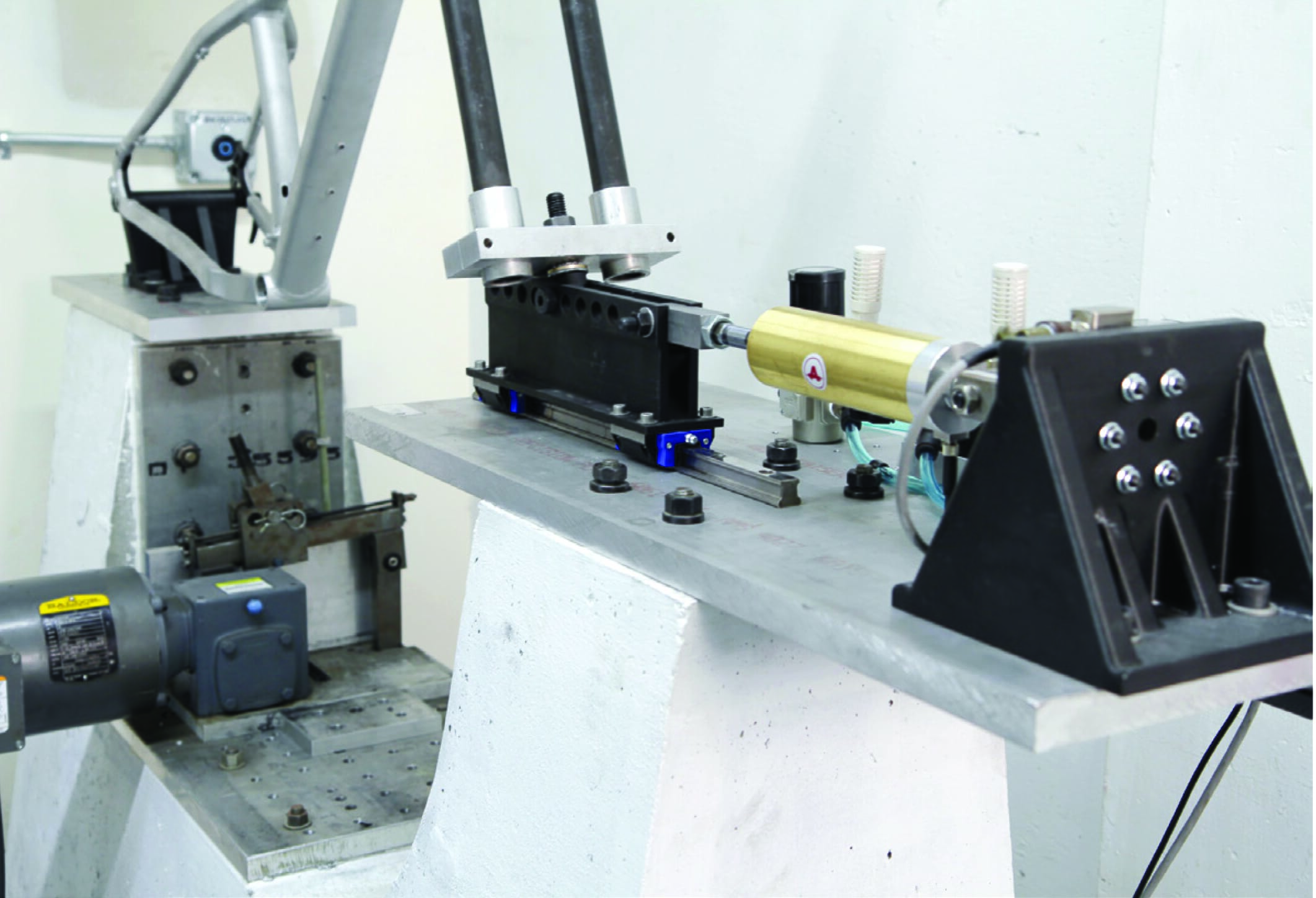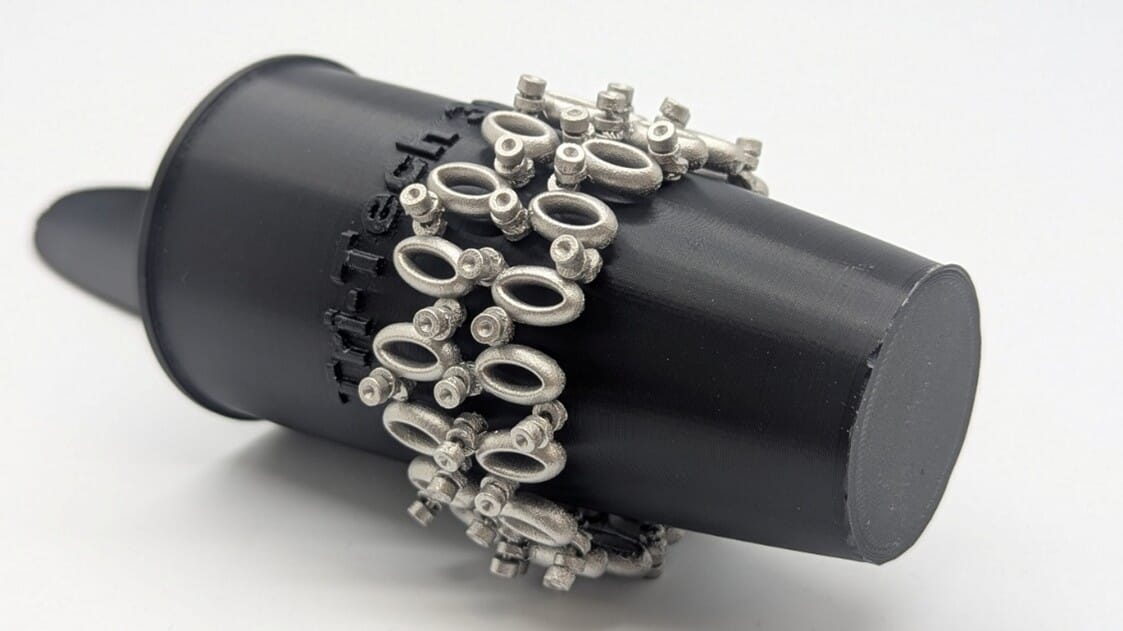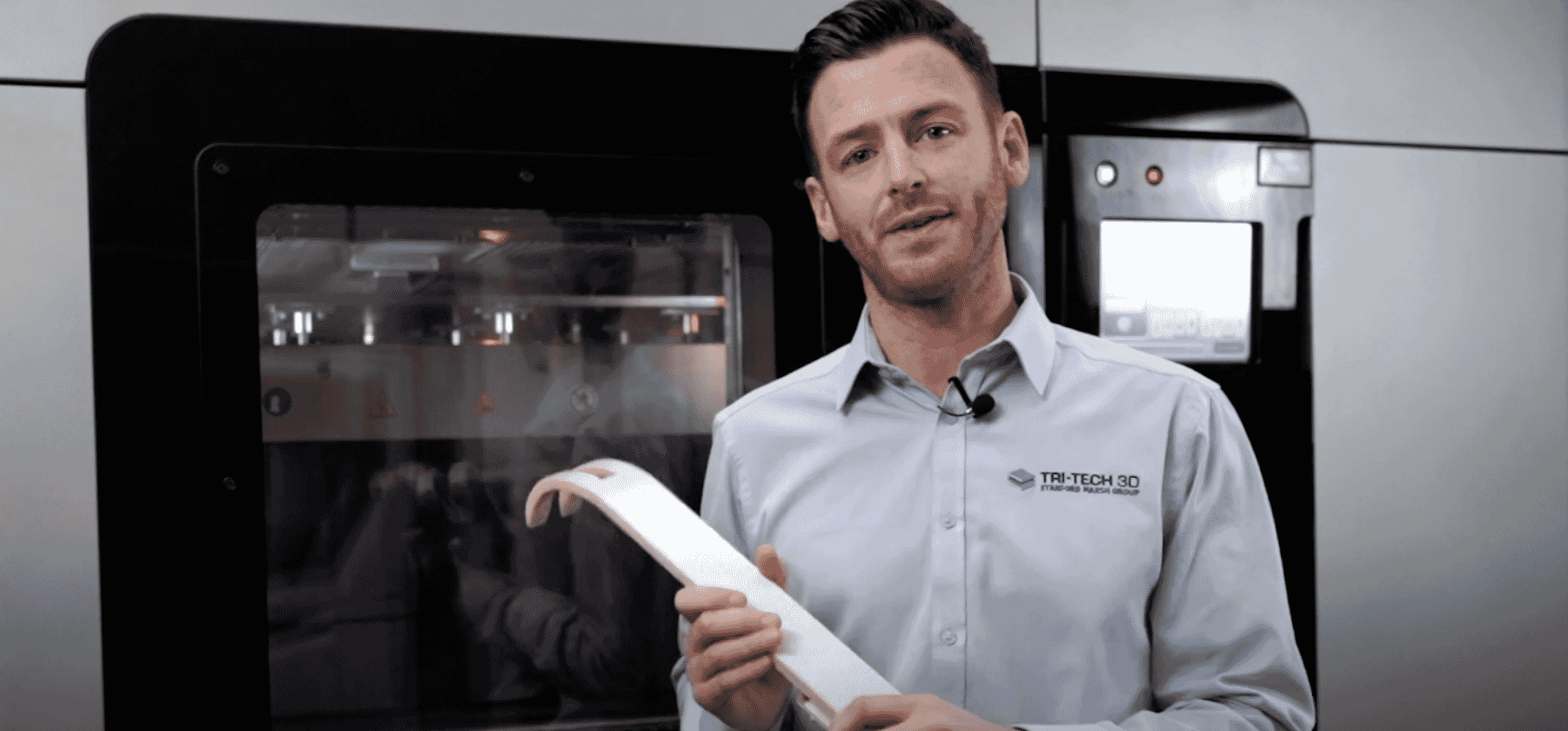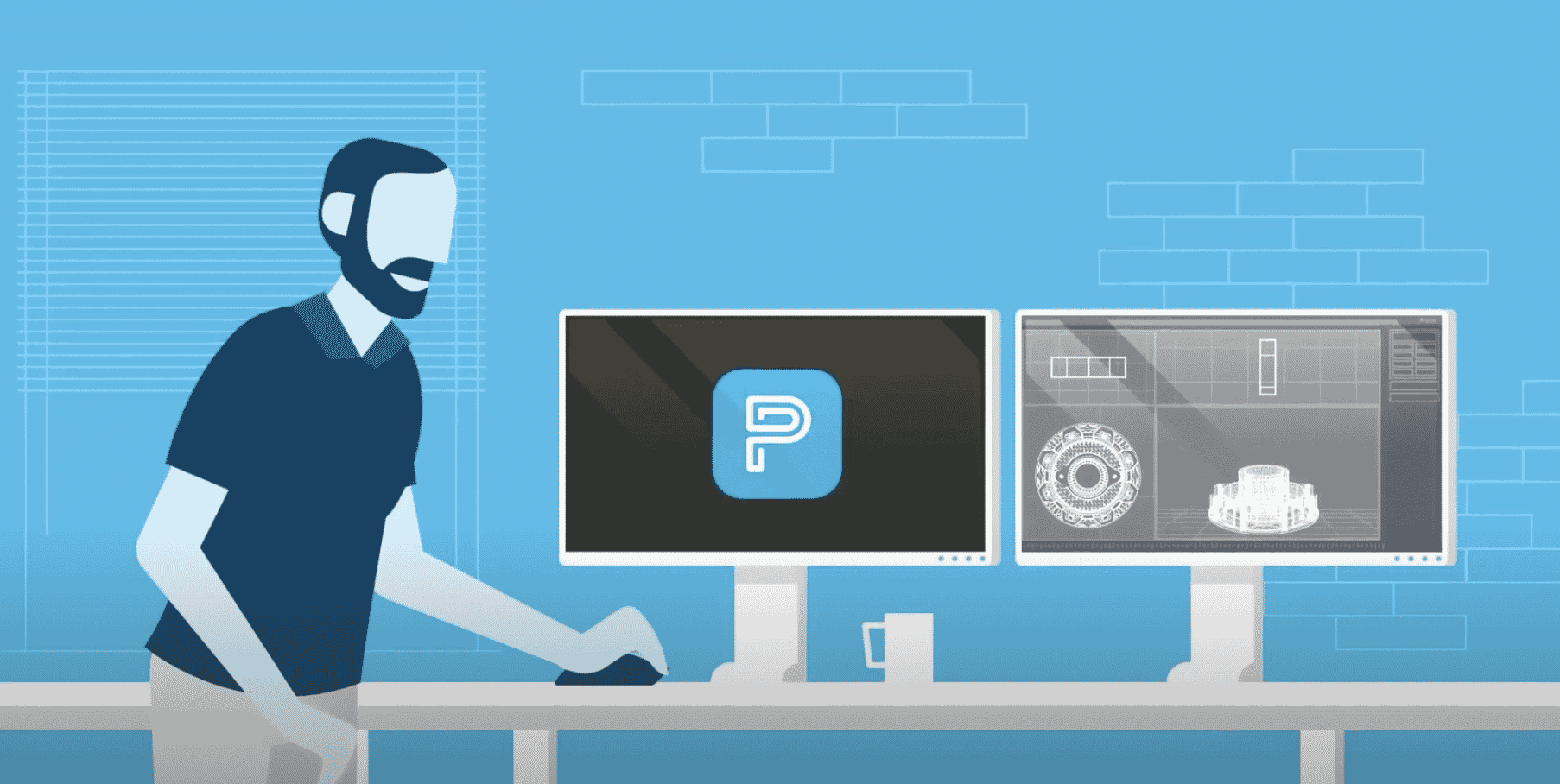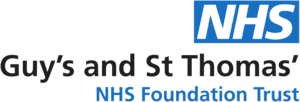How your production line can benefit from 3D printed jigs and fixtures
The manufacturing line has been forever dependent on jigs and fixtures. The ability to precisely manufacture parts of a bespoke nature affects the efficiency, productivity and part quality of everything produced. Simply put, a fixture is used to bring parts together as one unit through locating and clamping, keeping everything in line and in place.
A jig is a form of fixture that typically guides drilling and supports the tool being used – but both jigs and fixtures are heavily customisable for particular applications. Due to the customisable, distinct needs of these tools, 3D printing has become very popular among manufacturers who rely on jigs and fixtures. Tri-Tech 3D is excited to tell you more about how you can improve manufacturing processes and standards through the amenable power of 3D printing.

When the job demands exclusive production of accurate, high-strength jigs/fixtures suited for tough applications then we recommend the Fortus 380CF.
Design your way
Jigs and fixtures, as the previous definition suggests, can require very precise and intricate designs in order to complete their function fully and accurately. Accuracy in machining these tools is vital though, due to their often essential presence on the production line.
Freedom of design is a phrase you’ve doubtlessly heard more times than you care to count – regardless of your integration into the world of 3D printing. But once 3D printing has been identified as a design solution, a whole new world of complex geometries become easily accessible in the production line. Tool configuration can be completed that previously wasn’t possible without lengthy CNC machining processes (but we’ll come on to that later).
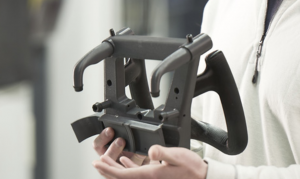
Beyond the dimensional design of the product, the material alternatives offered by 3D printing is also a beneficial consideration. 3D printed thermoplastics provide a lightweight alternative to metal while retaining an uncompromised strength-to-weight ratio. There may not be much of distinction between the two materials on the smaller scale, but on larger jigs or fixtures a lighter plastic product will improve usability factors for workers – not to mention they will always appreciate a lighter load!
Manufacturing the product
It goes without saying that nearly any production line can be greatly accelerated through additive manufacturing. Once a business has identified 3D printing as a design solution, the design to manufacturing process can put a rocket boost on productivity. Besides the actual printing of the jigs and fixtures being faster, rapid prototyping enables the faster production of precision tools such as these.
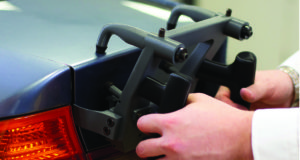
When lead times are such a sensitive issue for manufacturers, the ability to incrementally change the digital design of the prototype in quick succession can be invaluable. This can ensure a precise final jig or fixture, creating perfection in the finished product assembly. When the manufacturing of jigs and fixtures can be achieved in hours rather than potentially weeks – saving your business time and money – there isn’t much of an argument against investing in 3D print technology.
Enhanced performance
The customisation benefits that come from 3D printed jigs and fixtures allow for the quick and easy machining of new parts. With customisability can come increased costs, but the ergonomic enhancements of printed parts mean improved product aspects such as contours that can go a long way to improve tool handling and safety for those working on the manufacturing. Furthermore, a better designed jig or fixture can improve productivity through improved measurements.
Some of our customers require larger jigs or fixtures, with high end material capabilities. The perfect fit for this type of application is the Fortus 900 3D printer. Built for manufacturing, the F900 provides the consistency and reliability for large jigs or holding fixtures that you may need.
Customer success
FDM 3D printed tools provide a number of advantages over traditionally machined parts. Many businesses all over the globe have utilised 3D printing for their jig and fixture manufacture and have reaped the benefits. See below two examples:
Opel Automobile GmbH
Through avoiding production delays when existing fixtures break by quickly printing new ones on demand Opel were able to cut their costs by over 90%.
Solaxis
Through streamlining their production by making new assembly fixtures in hours instead of weeks Solaxis reduced their overall production cycle from 16 – 20 weeks to 3 – 5 weeks.
We think that making jigs and fixtures is one of the best applications of 3D printing, would you agree? Get in touch with us today to find out more about how 3D printing can improve your manufacturing processes.
T: 01782 814551

